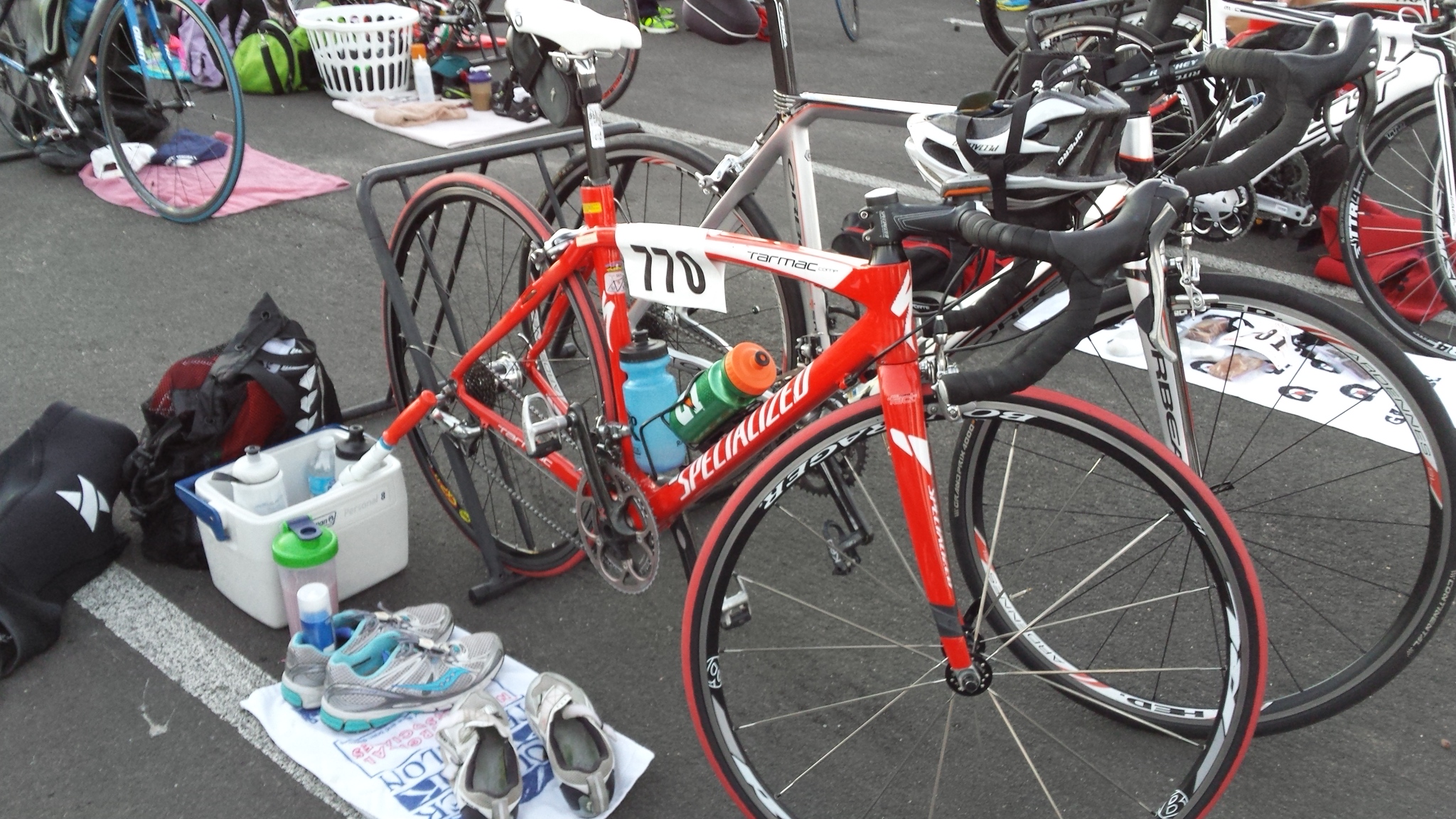Lactate Threshold, often abbreviated as LT, is an important metric to understand if you are training for endurance sports. Even if you aren’t trying to get on the podium, if you are trying to perform to your potential, it’s a very good thing to know.
Why? Knowing your heart rate, power, and/or pace will allow you to train effectively. If you spend too much time going too hard, or going too easy, you won’t get the most out of your training hours. And we all lead busy lives, so make sure your training is efficient.
Now for a quick chemistry lesson. Lactate is just the anion (the negative ion) of lactic acid (2-hydroxypropanoic acid for you organic chemistry buffs). It is a product of energy metabolism. We have lactate in our blood even at rest, just in smaller quantities.
Lactate is not a “bad” thing, our body uses it as fuel as part of the energy production cycle. But what happens when we start to ramp up our energy requirements and we increase the amount of lactate in our blood?

Basically, the amount of lactate in the blood is a function of your effort level, aerobic capacity, anaerobic capacity, and your ability to clear it. While some factors are genetic (most of us will never be elite athletes – blame your parents!), they are to some extent trainable, and we train to get faster, right?
When we use more energy to go faster, we need more energy, and we produce more lactate. But our body is only able to clear it at some specific rate (specific to each individual). If we produce it faster than we can clear it, we are above our lactate threshold.
The most common analogy is a bucket with a hole in it. If we pour in water at some rate (pouring in water faster = demanding more energy from your body), the bucket won’t be full if we pour it in slowly. If we start pouring in water faster, at some point the bucket will fill, and if we pour too fast it will overflow. You are at threshold when the bucket is full but not over-filling because the rate at which it can clear is the same as what is going in. This is sometimes called the Maximum Lactate Steady State or MLSS.
Finding this point (power, pace, and heart rate) is what we want to know, and we can use this lactate profile to set up appropriate training zones specific to you. It’s very useful to know because we can often hang at paces or efforts just below threshold for quite some time, but once we go above it, our workout can fall apart rapidly. We simply can’t handle a lot of time above this threshold.
If you’ve ever done a group ride or run and hammered it from the start, and then got dropped because you just couldn’t go that fast anymore, you probably went out above your threshold.
Getting tested and then watching how your threshold changes over time is also useful. Let’s take power on the bike. If today you are tested and your threshold is 200W, you know that if you go out and try to ride at or above 200W, you will fatigue pretty quickly.
If you then follow a structured training program with aerobic rides well below threshold (around 50-75% of your threshold), intervals at just below your threshold, and a few short intervals above, you will likely find in a couple months your threshold power will be higher or that you can stay at threshold longer.
This typically means at the same effort level in terms of perceived exertion, you are riding faster. And that’s the goal, right? We all want to be able to go faster for longer.
If you can get tested, great! If money is an issue or you just don’t want your finger pricked, there are also ways to estimate lactate threshold and set up training zones. But it will be an estimate. See this presentation about Training Zones with some more information on LT and zone definitions.
Getting your lactate threshold tested will help you understand your personal threshold (which are different for bike and run) and set up individualized training zones so that you can train most effectively with the time you have available.






